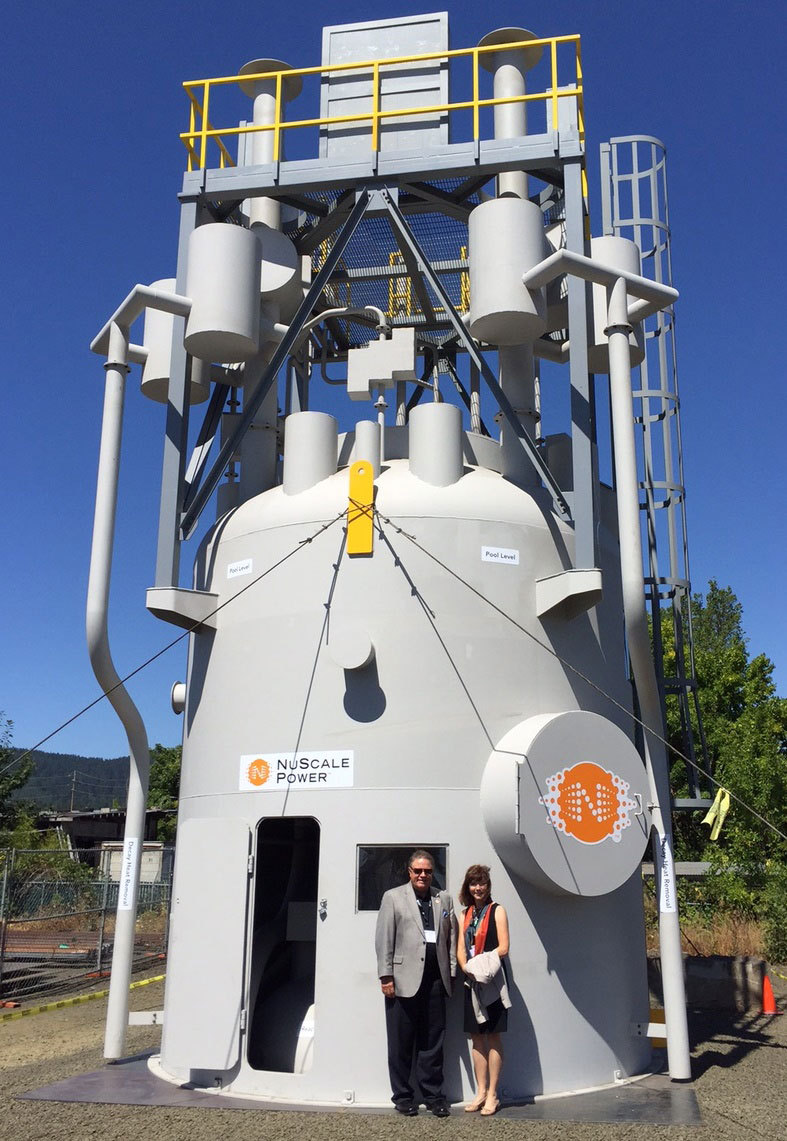In April 2018,
scientists announced a near miracle
- the discovery of an micro that
eats a common plastic used in bottles.
The public has been chattering ever since. The microbe could potentially help solve the
nagging environmental problem of plastics pollution. Plastics take hundreds of years to degrade,
leaving a stream of toxic ocean flotsam and poisonous landfill scum.
A series began
here with the post ”Plastic Contagion” on April 13,
2018, discussed the downside of plastics and existing remedies to reduce
plastics contamination. There are few
investment options in part because there are few options to deal with
plastic - other than making more of it. Thus the prospect of investing in plastic
eating microbes is tantalizing. Even then,
the most patient investor may be disappointed.
There is lengthy research and development still ahead before the
technology is perfected and can be translated into a commercial product or
service.



